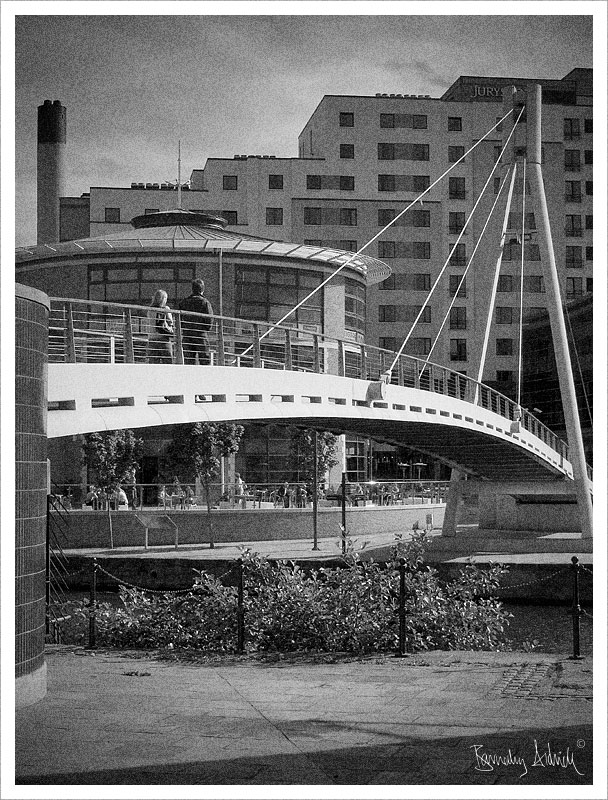Julian Dobson usefully reminded me this morning;
Cracking on with ideas is good. Rooting them in community development principles and practical action is even better.
But what are these principles? A quick bit of web research found this list from CDX in Sheffield:
Values
Community development workers support individuals, groups and organisations in this process on the basis of certain values and practice principles.
The values at the core of community development are:
- social justice
- self-determination
- working and learning together
- sustainable communities
- participation
- reflective practice
The practice principles that underpin these values are:
Social justice
- respecting and valuing diversity and difference
- challenging oppressive and discriminatory actions and attitudes
- addressing power imbalances between individuals, within groups and society
- committing to pursue civil and human rights for all
- seeking and promoting policy and practices that are just and enhance equality whilst challenging those that are not
Self-determination
- valuing the concerns or issues that communities identify as their starting points
- raising people’s awareness of the range of choices open to them, providing opportunities for discussion of implications of options
- promoting the view that communities do not have the right to oppress other communities
- working with conflict within communities
Working and learning together
- demonstrating that collective working is effective
- supporting and developing individuals to contribute effectively to communities
- developing a culture of informed and accountable decision making
- ensuring all perspectives within the community are considered
- sharing good practice in order to learn from each other
Sustainable communities
- promoting the empowerment of individuals and communities
- supporting communities to develop their skills to take action
- promoting the development of autonomous and accountable structures
- learning from experiences as a basis for change
- promoting effective collective and collaborative working
- using resources with respect for the environment
Participation
- promoting the participation of individuals and communities, particularly those traditionally marginalised / excluded
- recognising and challenging barriers to full and effective participation
- supporting communities to gain skills to engage in participation
- developing structures that enable communities to participate effectively
- sharing good practice in order to learn from each other
Reflective practice
- promoting and supporting individual and collective learning through reflection on practice
- changing practice in response to outcomes of reflection
- recognising the constraints and contexts within which community development takes place
- recognising the importance of keeping others informed and updated about the wider context
This looks like a pretty good list of design criteria.
- Anything missing?
- Anything better?
Reading through this list and reviewing some of the current enterprise and entrepreneurship programmes being delivered in the name of community developement and regeneration I am finding it hard to find (m)any that don’t significantly fail several of these tests of principles and values.
